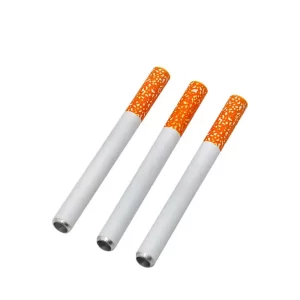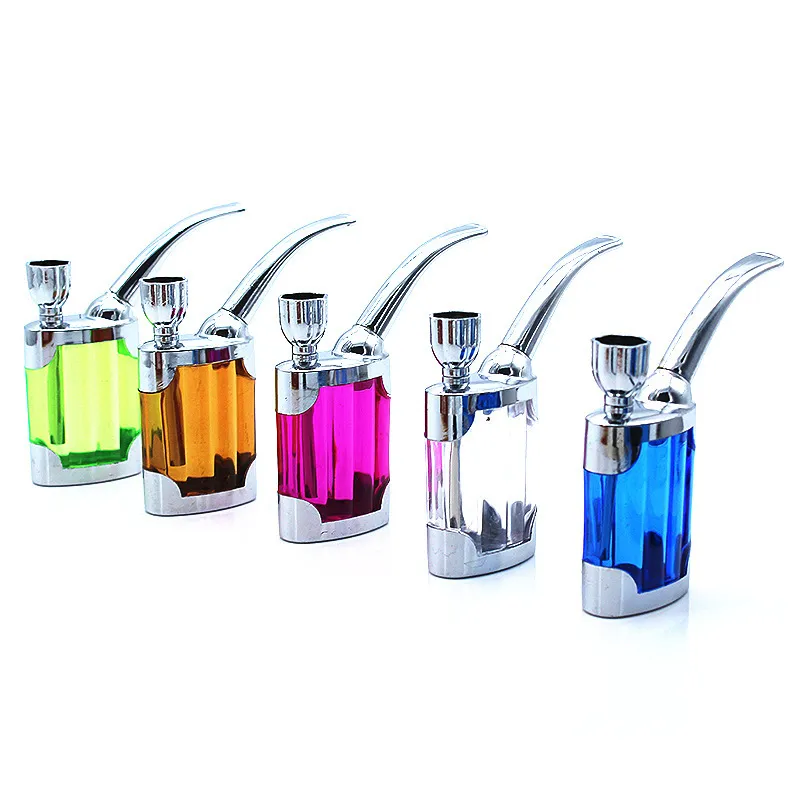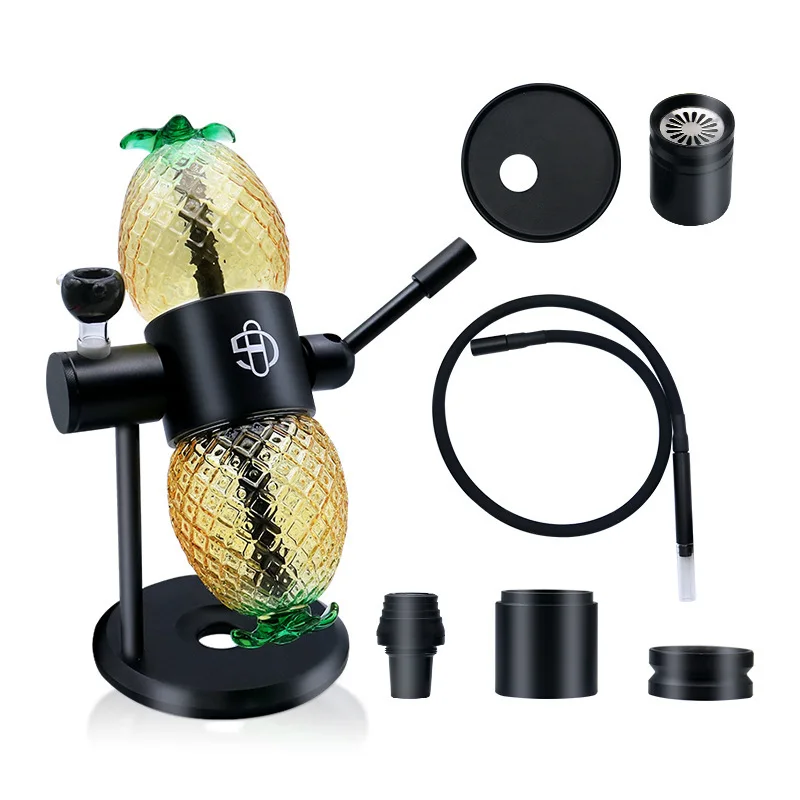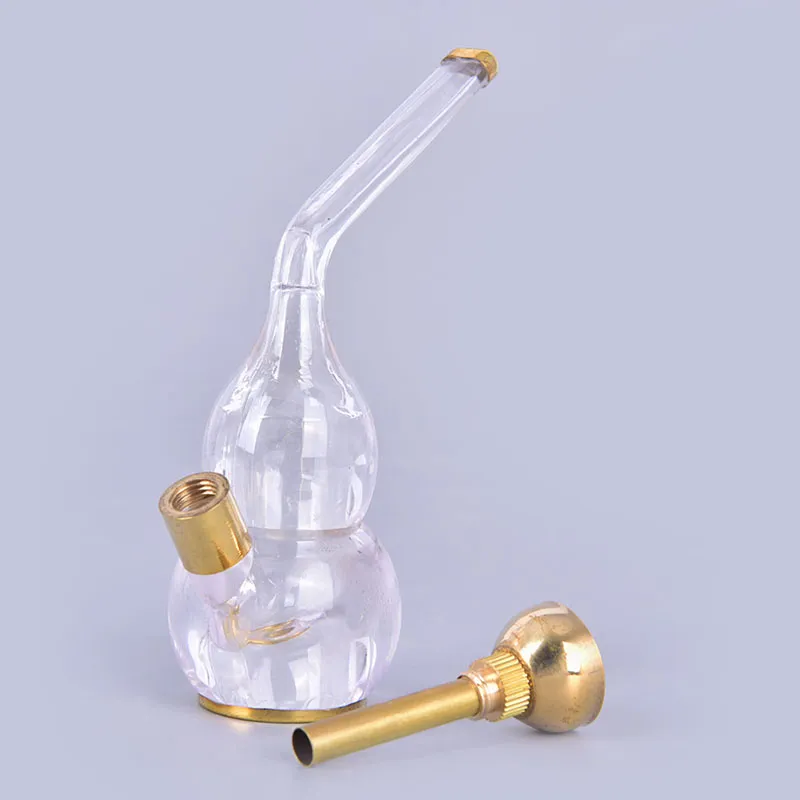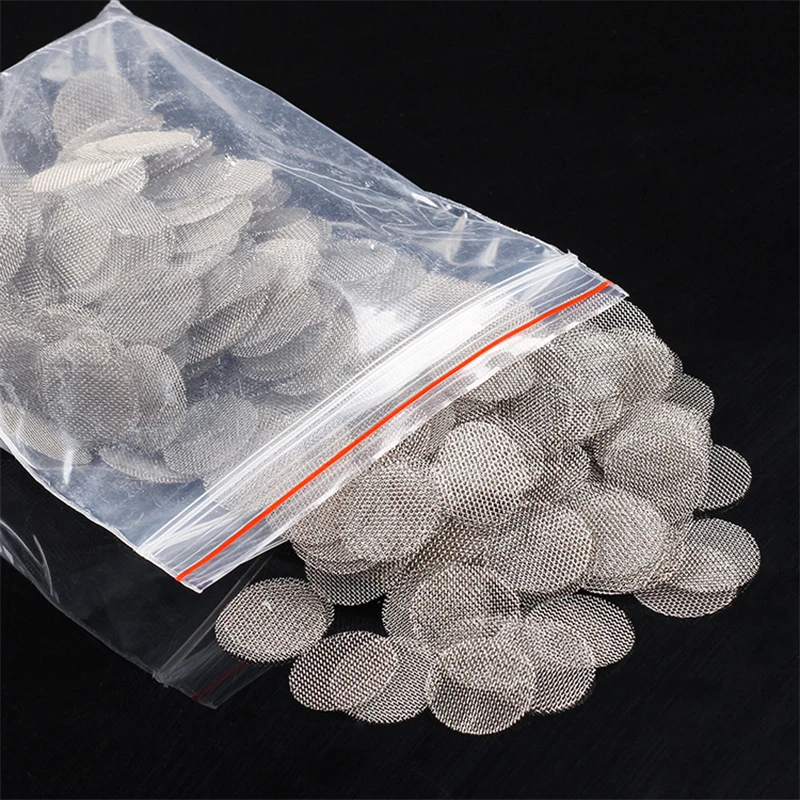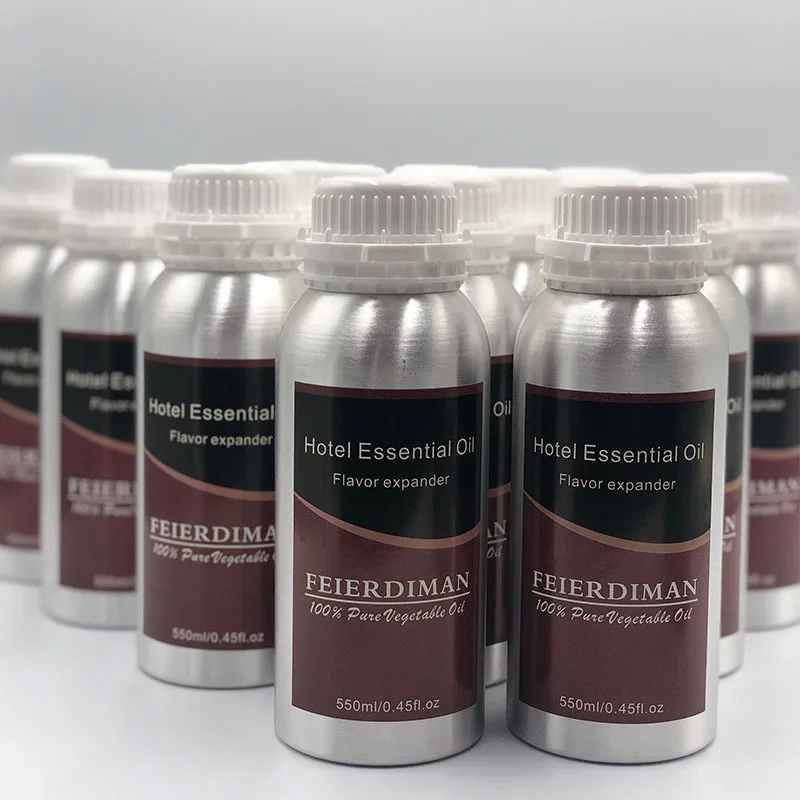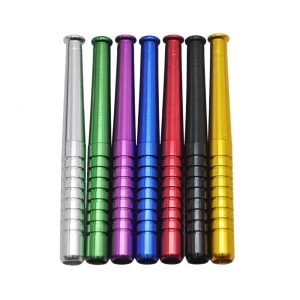It all starts with cultivation. Our multi-billion dollar industry, the countless patients the cannabis plant has helped, and the soul-nourishing, THC-induced, late night conspiracy theory debate sessions all hinge on some seeds, soil, a little bit of water, and a lot of light.
Technology plays a critical role in shaping the future of cannabis, but knowledge of how to most effectively utilize that technology can elude us the more complicated it becomes. It’s the classic “analysis paralysis” paradigm.
As growers aim to optimize yields, enhance terpene profiles, and reduce operational costs, selecting the right lighting has become a pivotal and multi-faceted decision. To help unravel the tangled ball of yarn that lighting solutions have become, we spoke with Dr. David Hawley, principal scientist at Fluence, a company at the forefront of horticultural lighting solutions.
Understanding the Basics of Lighting

Cannabis cultivation relies heavily on controlled environments where light quality, intensity, and duration directly influence plant growth and chemical composition.
“How a plant develops is very sensitive to the spectrum, intensity, and scheduling in which you apply that light,” according to Hawley. This underscores the complexity of finding the ideal lighting solution for any grow operation.
At Fluence, a lighting solution is defined by a combination of platform and spectrum. Platforms include top lights, intra-canopy lights, and even sub-canopy lights, tailored to the grower’s needs. The spectrum, or color of light, dictates how the plant grows, with variations affecting yield, potency, and flavor.
“With cannabis, you can’t just apply a whole bunch of red light because that’ll make a very bad quality plant,” Hawley explained. “So, where do you begin? And is there something that gives you a hardy, high-yielding, fast-growing plant? Yes, and it’s BW 4.”
The BW 4 Spectrum: A Versatile Starting Point
Fluence’s BW 4 spectrum, short for Broad White 4, is often recommended as a baseline. The “4” indicates a 40% red composition in the light, which balances efficacy with plant quality.
“The better an efficacy or the more you can make a light, that means it’s cheaper to operate,” saied Hawley. The BW 4 spectrum delivers high yields without compromising the quality essential to market value.
For growers focused on rapid production, this spectrum, combined with an intensity of about 1,500 micromoles per meter squared per second (a measure known as PPFD), provides a reliable and economically efficient solution. However, the story doesn’t end there. For cultivators who prioritize terpene and cannabinoid content over speed and size, alternative strategies come into play.
Lighting for Quality over Quantity
Growers are increasingly exploring methods to enhance plant chemistry. One intriguing approach involves reducing light intensity and incorporating specific wavelengths, such as blue or UV light, to boost cannabinoid and terpene levels. According to Hawley, recent research from Wageningen University in the Netherlands found that lower light intensities—around 400 micromoles per meter squared per second—can significantly enhance these compounds.
“For someone that’s really quality-oriented, that would be a path to explore,” Hawley noted. However, he acknowledges the practical limitations in North America: “The market right now mostly rewards growers for growing as fast as possible, as high-light-intense as possible.” As such, economic realities often dictate the choices growers make.
The Role of Genetics
While lighting plays a vital role, genetics ultimately dictate the potential of a cannabis plant.
“Genetics is king,” asserted Hawley.
He likens genetics to a switchboard of traits, such as purple pigmentation, which can be influenced by environmental factors like light but only if the genetic potential exists.
“If you have a strain that doesn’t have that switch, it doesn’t matter what you do with lighting—the plant just can’t produce those compounds,” he said.
This interaction between genetics and environment highlights the importance of tailored lighting solutions. A one-size-fits-all approach won’t suffice, as each cultivar’s unique traits require specific conditions to reach their full potential.
Indoor vs. Outdoor: Can LEDs Rival the Sun?
One common question is whether artificial lighting can fully replicate the benefits of sunlight. The short answer, according to Hawley, is yes—at least in terms of replicating the solar spectrum.
“Any part of the solar spectrum can be replicated with lighting technologies,” he said.
However, the natural environment offers synergistic factors that indoor settings cannot yet fully mimic, from temperature fluctuations to air currents and microbial interactions in the soil.
As research progresses, indoor lighting may even surpass the sun by delivering precisely targeted spectra for specific outcomes. For now, though, the sun remains unmatched in its overall efficacy and cost-effectiveness. Hawley notes,
“The best overall spectrum isn’t necessarily the most economical spectrum for a grower,” Hawley said. This economic balance is where indoor lighting systems like Fluence’s become integral, offering customization that prioritizes the grower’s specific goals—whether that’s yield, potency, or terpene profile.
Also Read: Last Week in Weed: April 28- May 5, 2025
Smarter Cultivation
As the cannabis industry matures, growers face increasing pressure to balance quality, efficiency, and sustainability. Innovations in lighting, driven by research and data, are enabling more precise control over cultivation environments. Companies like Fluence are at the forefront, leveraging science to develop solutions that cater to diverse needs.
Hawley encapsulates this philosophy: “The sun’s the best overall light, but not necessarily the best light for specific production.”
By understanding the interplay between genetics, lighting, and market demands, growers can make informed choices that optimize their operations while delivering top-tier products to consumers.
Whether one priotizes one side or the other, sustainability and profitability must coexist. The key is finding the right light for the right grower, a decision that blends science, economics, and artistry. With advancements in photobiology and an emphasis on smarter cultivation, the future of cannabis lighting will undoubtedly be bright—shining at 1,500 micromoles per meter squared per second to be exact.





